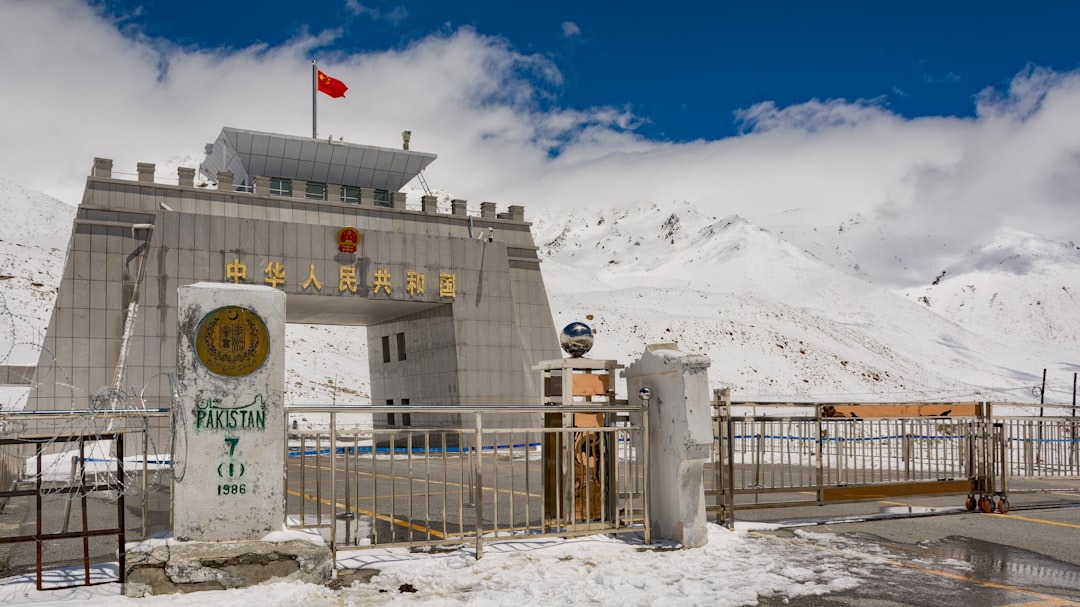What is it about?
Turbulent vertical fluxes of heat, water vapor, and carbon dioxide (CO2) occur constantly between land surfaces and the atmosphere. For decades, measuring such fluxes has relied on eddy covariance (EC), a complex statistical technique. However, most studies using EC are unable to close the surface-energy balance between sensible and latent heat fluxes. This widely reported gap, known as the non-closure problem of the surface energy balance, is commonly attributed to the influence of large-scale eddies of swirling wind on both kinds of heat fluxes.
Featured Image

Photo by Andrew Sit on Unsplash
Why is it important?
The research findings improve understanding of how non-closure of the surface-energy balance impacts measurements of CO2 fluxes. They also provide direct evidence that further studies are needed to investigate how landscape heterogeneity—in this case, sagebrush terrain—influences CO2 fluxes.
Perspectives
Reductions in the magnitude of CO2 fluxes associated with large turbulent eddies are mechanistically linked to nonclosure of the surface energy budget.
Zhongming Gao
Washington State University
Read the Original
This page is a summary of: Mechanistic links between underestimated CO
2
fluxes and non-closure of the surface energy balance in a semi-arid sagebrush ecosystem, Environmental Research Letters, April 2019, Institute of Physics Publishing,
DOI: 10.1088/1748-9326/ab082d.
You can read the full text:
Contributors
The following have contributed to this page










